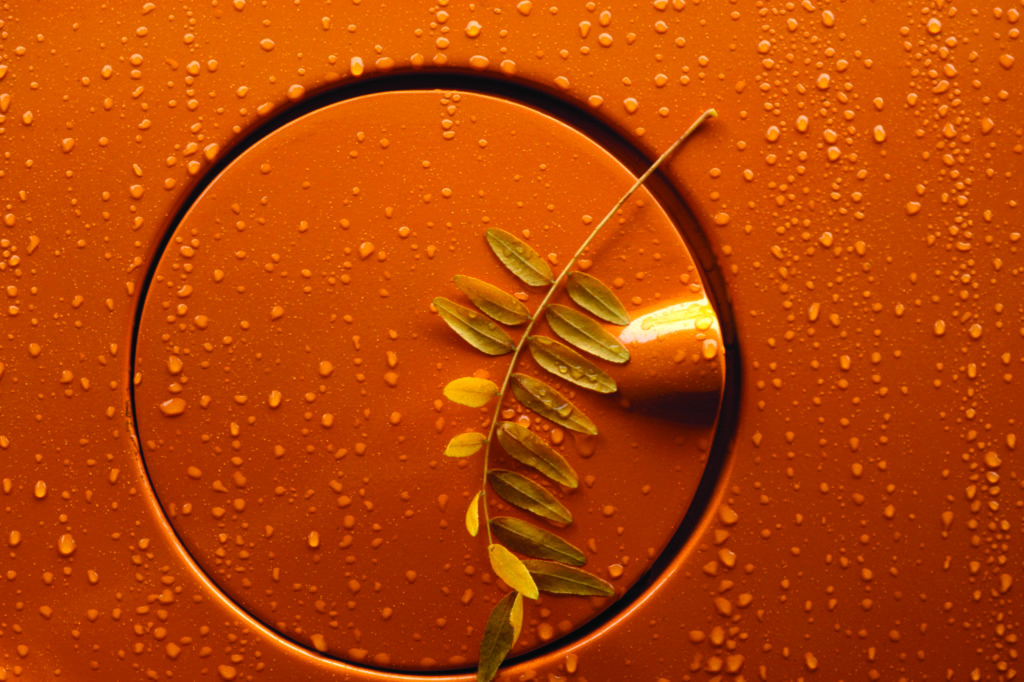Today, it is raining. On a day like this you might see red, yellow, or green.
Traffic lights reflected on wet pavement. You might see raindrops running down a window pane or hanging from a railing or overhead wire. You might see two people walking under a bright green umbrella. You might see a dull gray sky or a wet red truck. Inside, there will be soft shadows and muted colors. You might even look through the drops on a window and see the landscape distorted by odd-shaped raindrop lenses.
When the sun comes out, you might see patterns of light coming through venetian blinds. You might see the complex shadows of trees or bright green leaves against darker foliage. You might see the shapes of someone’s eyes in profile, or the texture of the fabric of the clothing on your leg. You might look up at a bright sky with high, wispy clouds or notice clumps of light reflected by the windows of an office building onto light gray streets. You might observe a dog sitting on the carpet, half in bright sunlight and half in deep shadow.
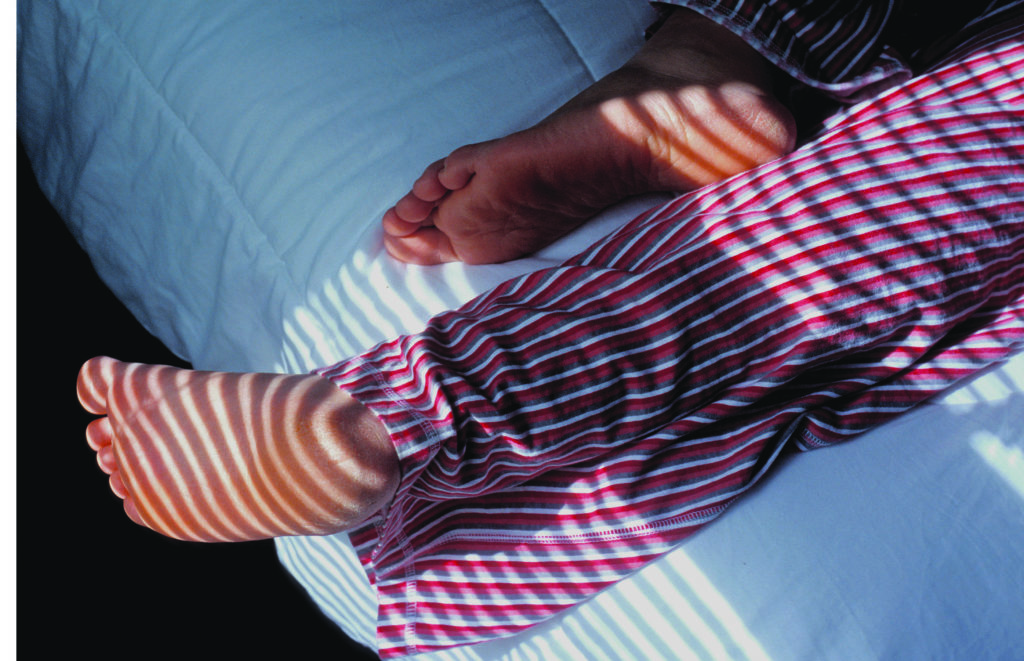
At dusk the light changes again, and you might see white buildings become orange or pink. As it gets dark, the same buildings might become gray. The sky, too, will change its appearance. If you awake in the middle of the night, the walls and furniture will be monochromatic, illuminated by the moon or a streetlight.
The possibilities of perception are limitless, and clear seeing is joyful.
Creativity is also limitless. Creativity often seems like an unusual gift that few people are born with or somehow manage to acquire, but creativity is accessible to everyone. It naturally arises from your basic nature when you are open to it. Creativity is something to be uncovered, not something to be wished for. It is not a scarce resource that runs out if you draw on it. Creative possibilities are endless. You don’t need to take this on faith: you can experience it for yourself.
Unfortunately, much of the time, we are cut off from clear seeing and the creative potential of our basic being. Instead, we get caught up in cascades of internal dialogue and emotionality. Immersed in thoughts, daydreams, and projections, we fabricate our personal versions of the world and dwell within them like silkworms in cocoons. Instead of appreciating the raindrops on the window, we experience something like, “This weather is nasty. I have to get to work, and I need a new raincoat. I hope it clears up for the weekend.” seeing patterns of light on the counter becomes, “I wish we could afford some nice fabric shades instead of these cheap metal miniblinds. I wonder what color would look nice in here.”
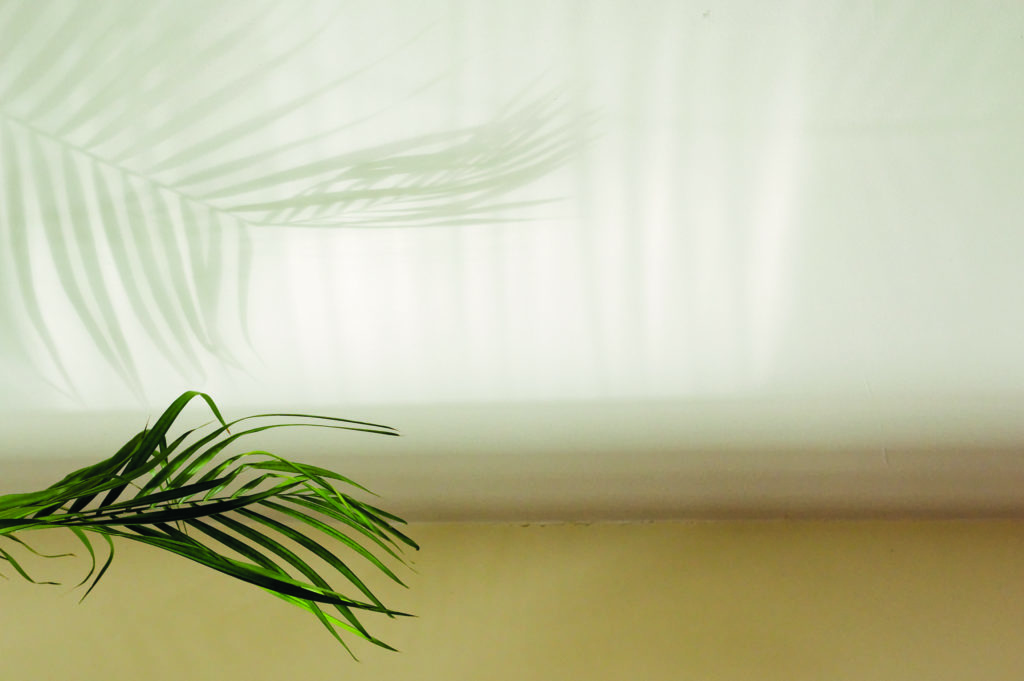
Generally we are unaware of these currents of mental activity, and it is hard to distinguish what we see from what we think about. For example, when we are in a restaurant or on a bus with a bunch of strangers, we might look around and think, “He looks unpleasant; that person over there looks nice; she looks disagreeable.” We imagine that we see these people the way they really are, that we are seeing their real characteristics, but unpleasant, nice, and disagreeable are not things that can be seen like green blouses or gray hats. They are the projections of our thoughts. Thinking mind is working all the time, projecting, labeling, categorizing. These thoughts seem so believable, but if we recollect how often our first impressions of people turn out to be wrong, we will see how random this thinking process really is.
Photography can be used to help distinguish the seen from the imagined, since the camera registers only what is seen. It does not record mental fabrications. as the photographer Aaron Siskind said, “We look at the world and see what we have learned to believe is there, [what] we have been conditioned to expect… but, as photographers, we must learn to relax our beliefs.”
Contemplative Photography
The word “contemplate” sometimes means to think things over, but when we use the term we are indicating a process of reflection that draws on a deeper level of intelligence than our usual way of thinking about things. The root meaning of the word “contemplate” is connected with careful observation. It means to be present with something in an open space. This space is created by letting go of the currents of mental activity that obscure our natural insight and awareness.
In contemplative photography the camera’s literalness is used as a mirror to reflect your state of mind. It shows when you shot what you saw—what actually appeared— and when you shot what you imagined. When a properly exposed photograph faithfully replicates your original perception, you saw clearly. When your original perception is masked in the photograph by shadows, reflections, or other extraneous things that you didn’t notice, you were imagining. You can distinguish which it was by the results. Clear seeing produces clear, fresh images. Photographs that aren’t grounded in clear seeing are usually disappointing. (You might get lucky and get a good shot of something you didn’t see clearly, but that is the exception.)
How does clear seeing produce clear images? When you see clearly, your vision is not obscured by expectations about getting a good or bad shot, agitation about the best technique for making the picture, thoughts about how beautiful or ugly the subject is, or worries about expressing yourself and becoming famous. Instead, clear seeing and the creativity of your basic being connect directly, and you produce images that are the equivalents (this is Alfred Stieglitz’s term) of what you saw. What resonated within you in the original seeing will also resonate in the photograph.
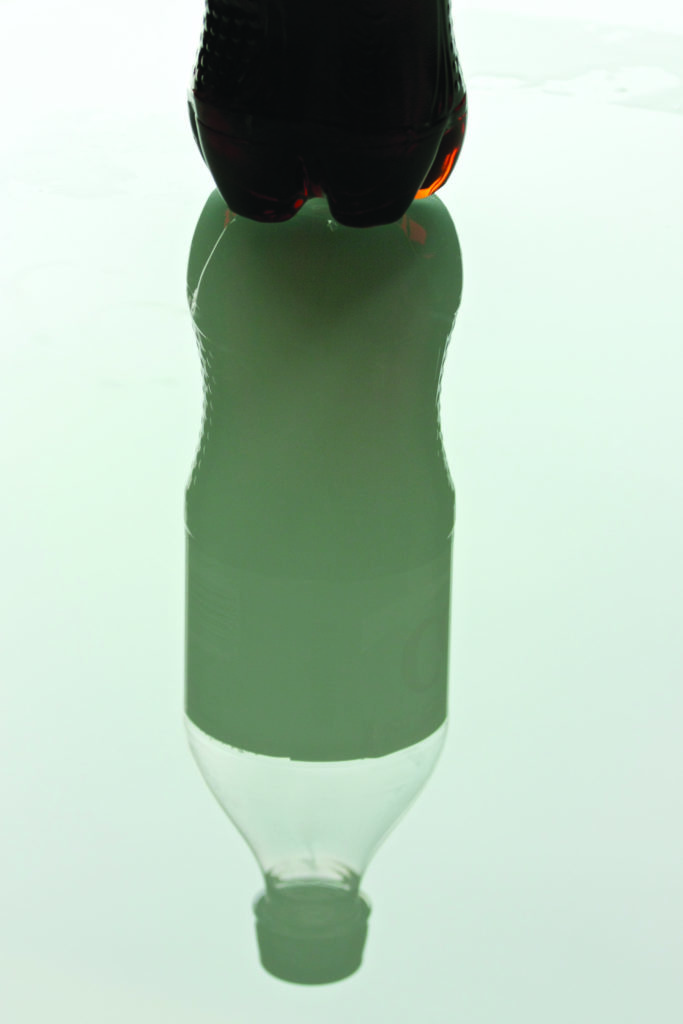

Henri Cartier-Bresson offers key insights into this approach. He says that camera work should be nonconceptual, that good images resonate at the core of our being, and that the artificial and contrived are deadly. This is how he put it:
“Thinking should be done beforehand and afterwards—never while actually taking a photograph. Success depends on the extent of one’s general culture, on one’s set of values, one’s clarity of mind and vivacity. The thing to be feared most is the artificially contrived, the contrary to life.” Putting this conclusion positively, the uncontrived is what is true to life. This is not meant as an objective standard of truth, it is more like being true, being willing to express things just as they are, without dressing them up in any way. People often associate the creative process with dressing up reality to make it “art.” From our perspective, genuine art expresses things simply and elegantly as they are.
Art in Everyday Life
This ordinary, workaday world is rich and good. It might not seem that way at six in the morning when you are rushing to prepare your coffee or tea and get out the door to go to work, or when you are tired and irritated after dinner and have to take out the garbage. Instead, ordinary life might seem hassled, repetitive, and boring. When you are impatient, resentful, or uninterested in daily life, you will be blind to the potential for living cheerfully and creatively.
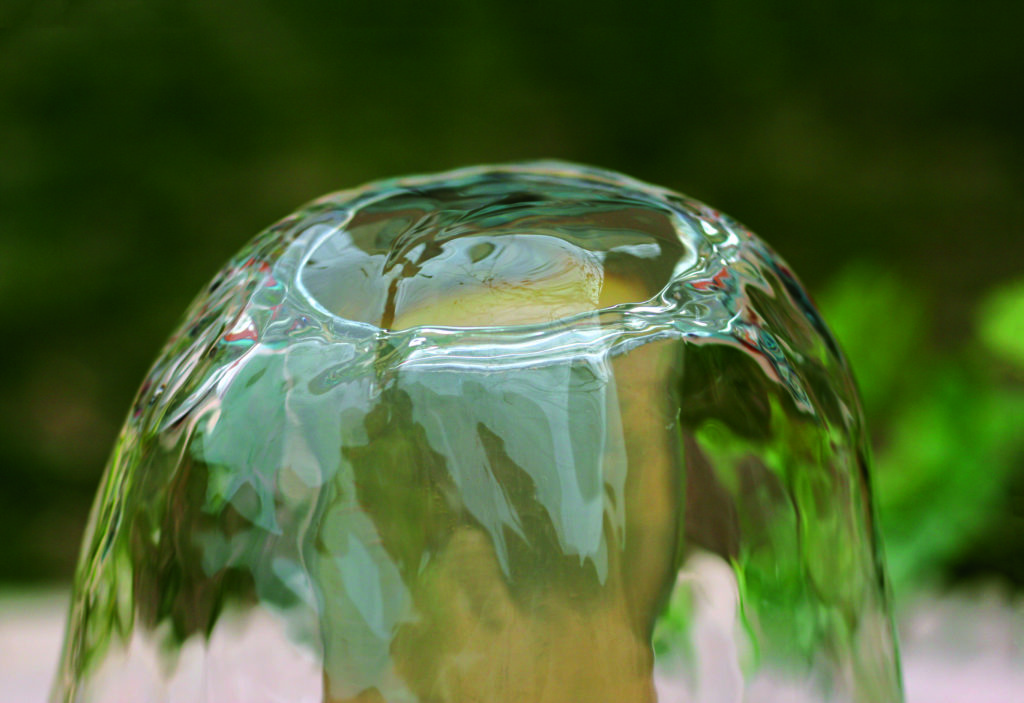
Life seems repetitive and boring when you don’t notice the uniqueness of each moment and the constant, subtle changes that are going on all around you. For example, you might have the same thing for breakfast every morning and not notice that it tastes different each day because of natural fluctuations of your body and mind and small variations in the details of your meal.
Even though things usually seem solid and enduring, nothing really lasts a second moment. Our experiences are always in the process of disintegrating and trans- forming. As photographers, we can know this intimately. Photographers are always working with light, and light is always changing. The brightness changes; the angle changes; the color changes; the diffuseness changes. Not only does the light change, whatever is illuminated changes with the light. As Mies van der Rohe, one of the great pioneers of modern architecture and design, famously observed, “God is in the details.”
Revealing Natural Artistry
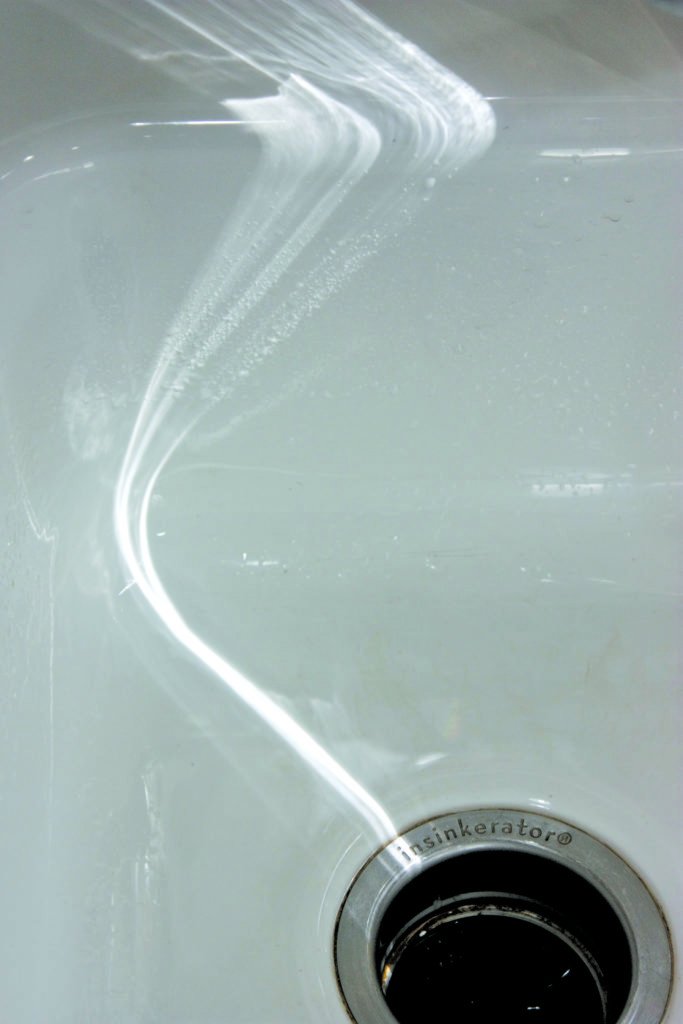
Strangely enough, you don’t need to learn how to be artistic. It is as natural as breathing and the beating of your heart. Nevertheless, natural artistry is often inaccessible because it is concealed by preoccupation or resentment. A good analogy for this is the way the sun constantly radiates light even though you can’t always see it. The sun is always shining, even when clouds cover the sky. No one has to make the sun shine. Sunshine becomes visible when the wind removes the clouds. Like that, artistry arises from mind’s natural wakefulness, creativity, and humor when the obstacles that obscure it are cleared away. This is the main point of the whole contemplative endeavor: you don’t need to learn how to fabricate creativity; you need to learn to remove the clouds that prevent it from expressing itself.
Seeing the ordinary world clearly is a source of raw material and inspiration when you work with your camera. If art is life experience expressed through creative technique, photography is one method for concentrating those experiences into images. You don’t need a lot of craft or technique to produce fine photographs. When you experience your world clearly, and you shoot what you see, the results will be artistic.
Training in artistic living will enhance your photography, and training in contemplative photography will deepen your ability to live a creative, artistic life. As the wonderful photographer Dorothea Lange said, “The camera is an instrument that teaches people how to see without a camera.” the practice of contemplative photography will increase your appreciation of the world around you, which is infinitely richer than you could ever imagine.
